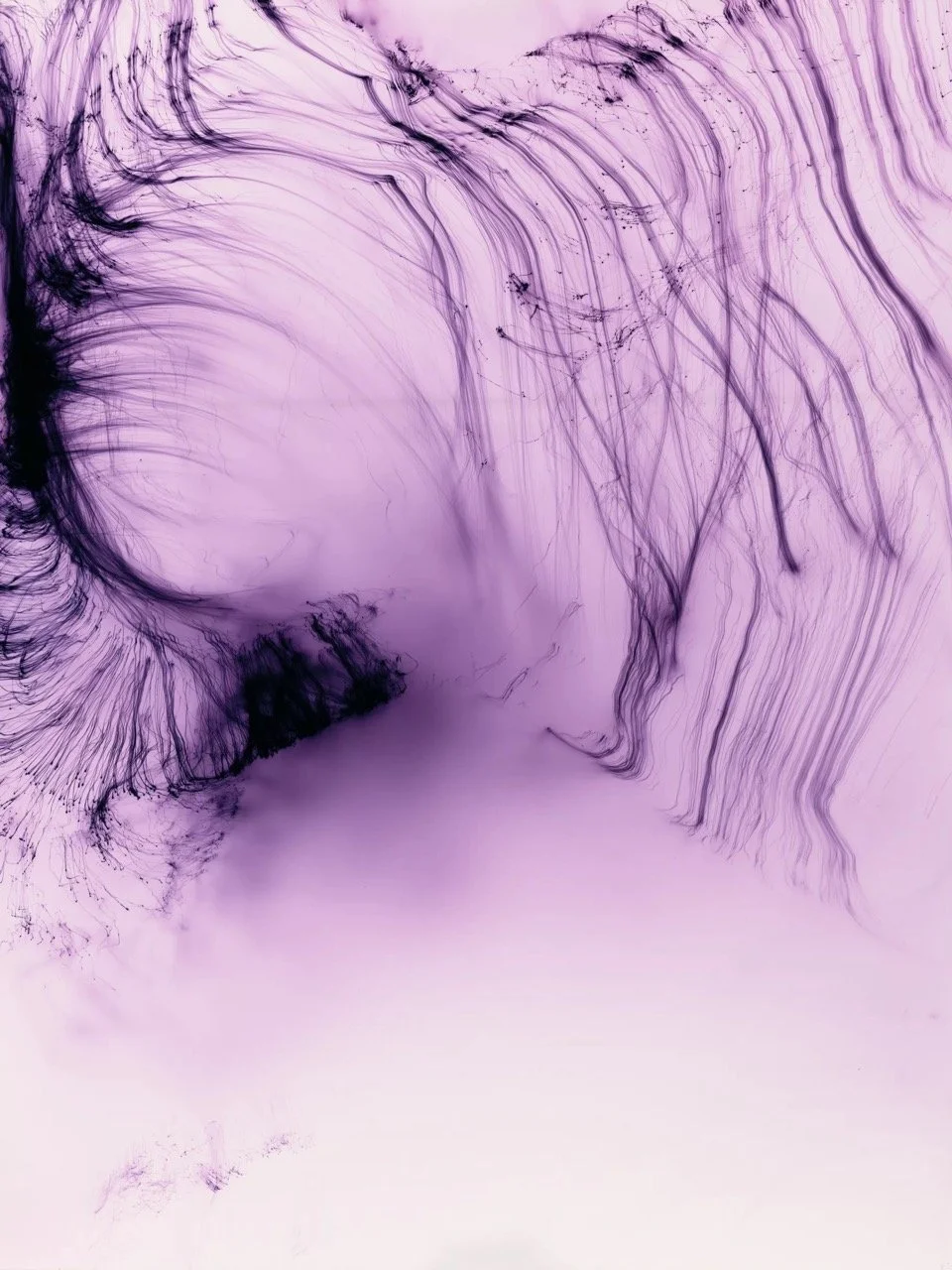Icons in Collapse
Artists dismantle cultural symbols to expose their fragility, falsity, and potential for reassembly.
Across museums, galleries, and public interventions, a quiet dismantling is taking place. Artists are no longer asking how to preserve cultural icons. They are asking whether those icons were ever whole to begin with. In place of reverence, we find distortion, fragmentation, and strategic absurdity. These gestures are not nihilistic. They are deliberate acts of symbolic redirection—rupturing the known to make space for what has been denied, erased, or buried beneath gold leaf and marble.
At Galerie Rudolfinum in Prague, Iván Argote’s exhibition reimagines the legacy of monuments. As stated in the gallery’s curatorial text, Argote “softens, bends, and repositions classical forms” to question their permanence. In one installation, fragments of columns lie in casual repose, more playground than pedestal. The work is not about destruction, but about intimacy with failure. It asks us to relate differently—to symbols, to power, to what we’re told to remember.
In a very different key, Ryan Gander’s sculpture at the Sainsbury Centre floats a disarticulated robotic copy of the artist’s own body high above the gallery floor. According to institutional wall text, the limbs rotate gently, orbiting themselves. This is no hero’s statue. It is a self in suspension—ungrounded, observing, perhaps obsolete. The work becomes an allegory for both institutional drift and personal unraveling. Gander does not mock the monument. He evacuates it.
Meanwhile, Wolfgang Tillmans’s intervention at the Centre Pompidou library operates almost invisibly. As described by the institution, the artist curated a personal selection of books, zines, and notes—slipped into shelves, scattered across reading rooms, unannounced. There is no formal exhibition. “It is a gesture, not a show,” Tillmans writes. This act of curatorial leakage becomes a refusal of spectacle. It redefines intervention as whisper rather than shout.
These artists are not deconstructing symbols for the sake of novelty. They are reconfiguring cultural debris into sites of critical feeling. Their works do not shout “look at this.” They ask, “what was this for?” In doing so, they create space for spectral presence, unresolved memory, and altered ways of seeing. The monument is no longer untouchable. It is suspended, unspoken, and finally, perhaps, honest.
Examples:
At Galerie Rudolfinum in Prague, Iván Argote’s exhibition reimagines the legacy of monuments.

